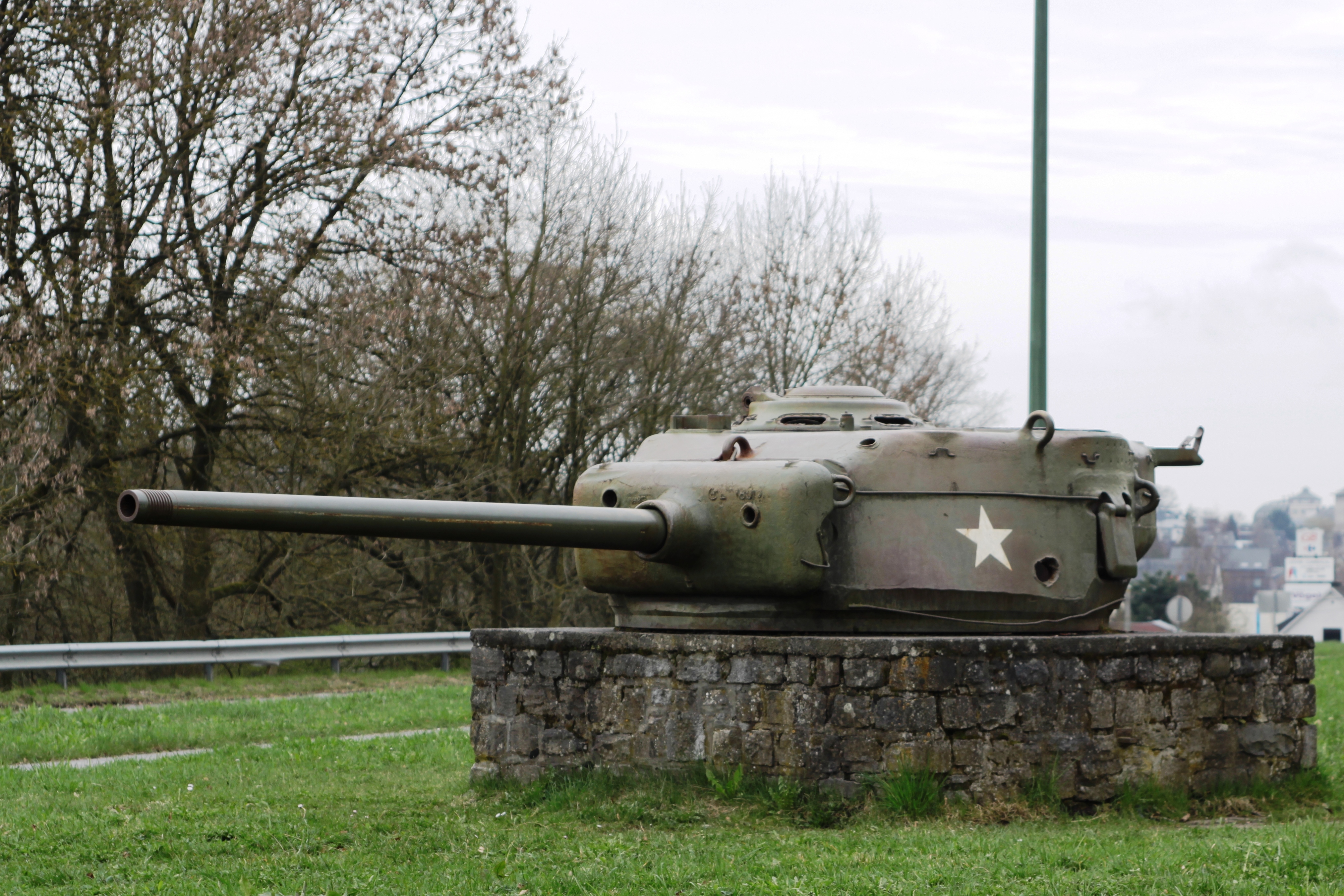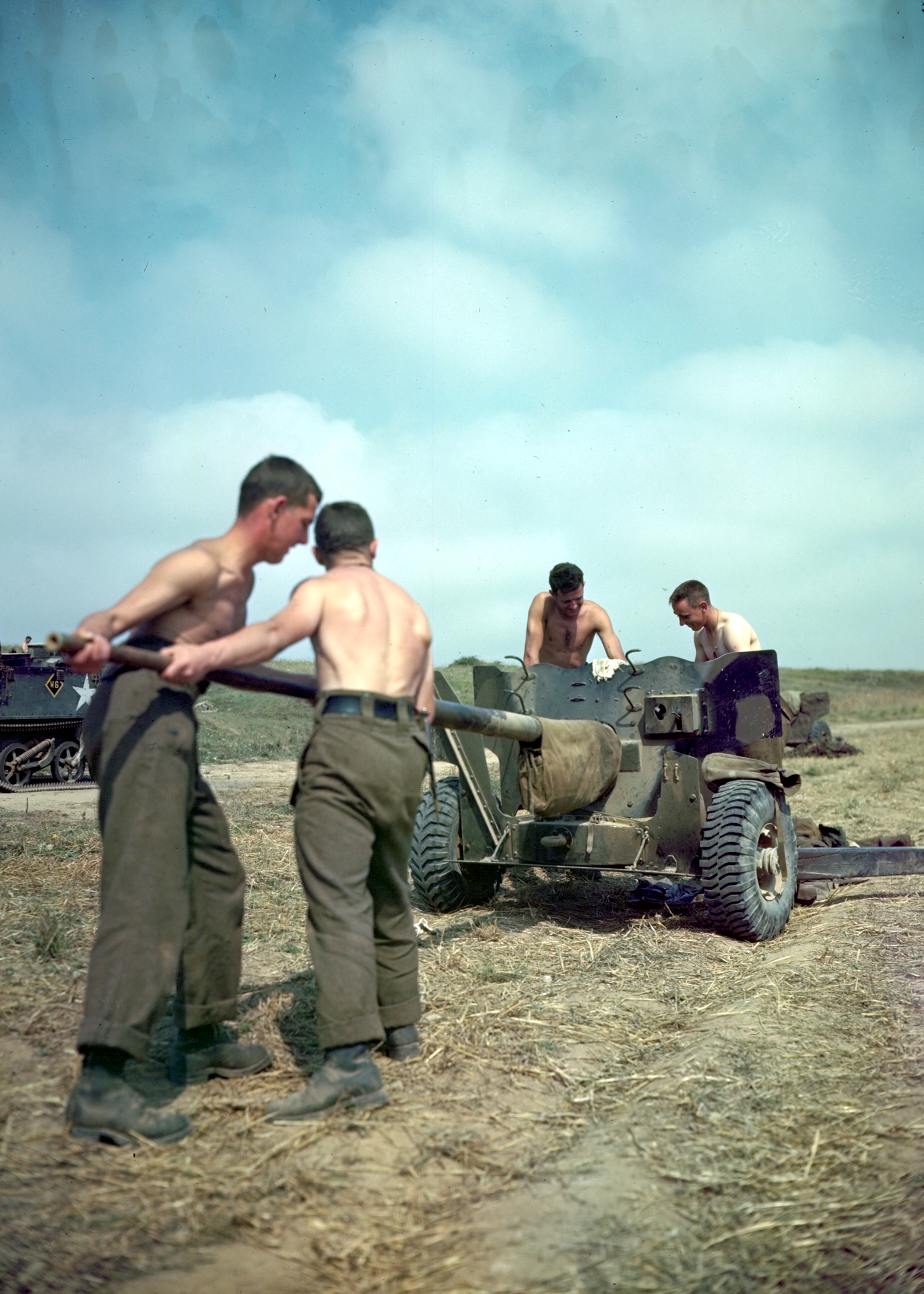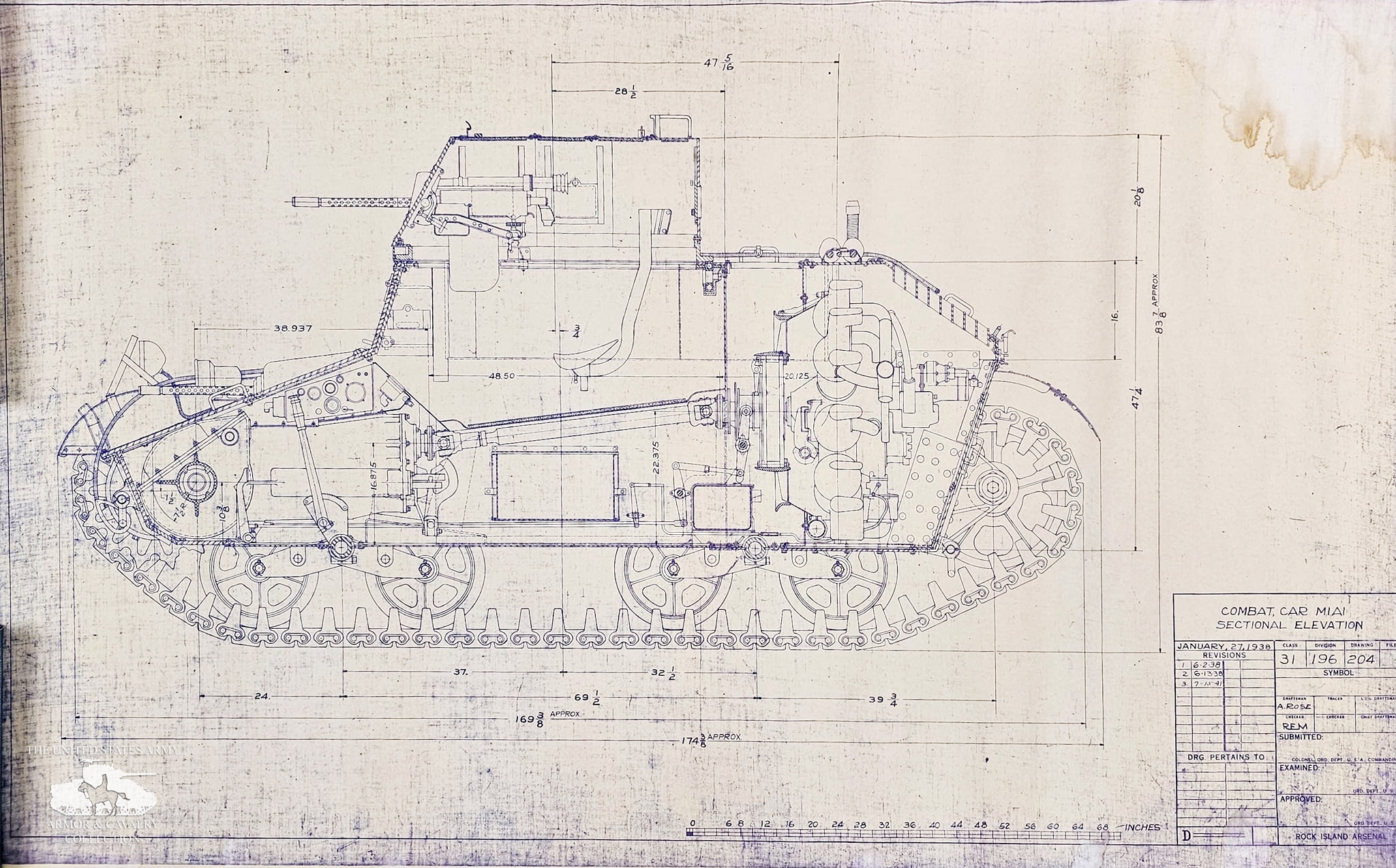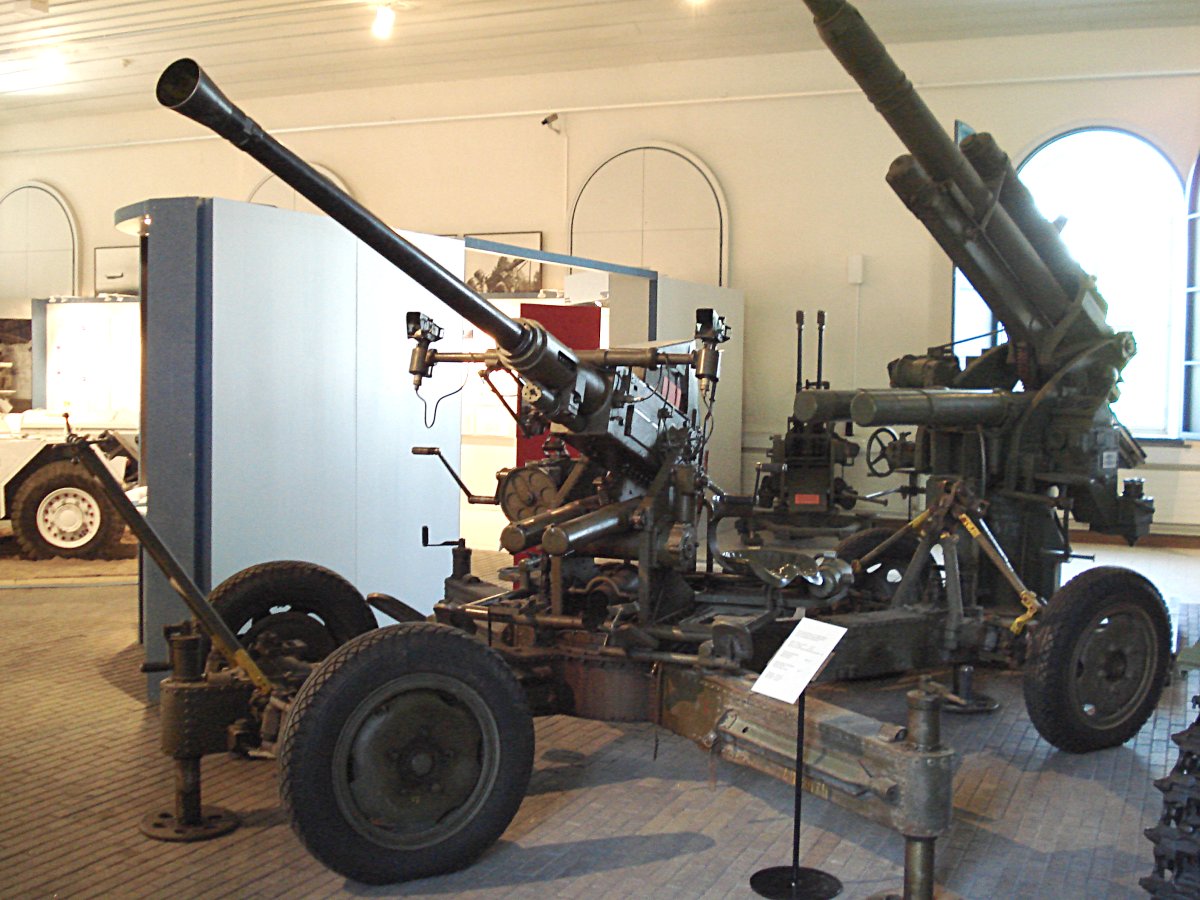|
M1 Abrams
The M1 Abrams () is a third-generation American main battle tank designed by Chrysler Defense (now General Dynamics Land Systems) and named for General Creighton Abrams. Conceived for modern armored ground warfare, it is one of the heaviest tanks in service at nearly . It introduced several modern technologies to the United States armored forces, including a multifuel turbine engine, sophisticated Chobham composite armor, a computer fire control system, separate ammunition storage in a blowout compartment, and NBC protection for crew safety. Initial models of the M1 were armed with a 105 mm M68 gun, while later variants feature a license-produced Rheinmetall 120 mm L/44 designated M256. The M1 Abrams was developed from the failed joint American- West German MBT-70 project that intended to replace the dated M60 tank. There are three main operational Abrams versions: the M1, M1A1, and M1A2, with each new iteration seeing improvements in armament, protecti ... [...More Info...] [...Related Items...] OR: [Wikipedia] [Google] [Baidu] |
M1 Bayonet
The Model of 1905 bayonet was made for the U.S. M1903 Springfield rifle. This designation was changed to Model 1905 in 1917, and then to M1905 in 1925, when the army adopted the ''M'' designation nomenclature. The M1905 bayonet has a steel blade and a handle with wooden or plastic grips. The bayonet also fits the U.S. M1 Garand rifle. From 1943 to 1945, a shorter, , bladed version was produced with either black or dark red molded plastic grips, and designated the M1 bayonet. A number of M1905 bayonets were recalled from service, their blades cut down, and reissued as M1 bayonets. But the cut down version was not used in Vietnam. M1905 bayonet The M1905 bayonet was produced from 1906 to 1922 by Springfield Armory and Rock Island Arsenal. The blade and handle frame were forged as a single piece with a wide, square-shaped fuller, and the crossguard was pinned to this assembly through two holes with cone-shaped steel pins. The ribbed hand grips were made of walnut wood and attac ... [...More Info...] [...Related Items...] OR: [Wikipedia] [Google] [Baidu] |
76 Mm Gun M1
The 76 mm gun M1 was an American World War II–era tank gun developed by the U.S United States Ordnance Department in 1942 to supplement the 75 mm gun on the basic Medium tank M4. It was also used to arm the M18 Hellcat tank destroyer. Although the gun was tested in early August 1942 and classified on 17 August 1942, it was not until August 1943Zaloga 2003, page 6 that the Ordnance Department developed a mounting for the M4 tank that the tank forces would accept. It was not accepted for combat until July 1944. In January 1943, the decision was made to mount the 76 mm on the vehicle that would become the M18. By May 1944, it was being combat tested as the T70. Overall the weapon performed poorly against comparable guns of the time and was used as a stopgap until the 90mm entered service. Design and development Before the United States had battle experience against heavily armored German tanks, the development of a weapon superior to the 75 mm gun was anticipated. ... [...More Info...] [...Related Items...] OR: [Wikipedia] [Google] [Baidu] |
155 Mm Gun M1
The 155 mm gun M1 was a 155 millimeter caliber field gun developed and used by the United States military. Nicknamed "Long Tom" (an appellation with a long and storied history in U.S. field and naval artillery), it was produced in M1 and M2 variants, later known as the M59. Developed to replace the Canon de 155mm GPF, the gun was deployed as a heavy field weapon during World War II and the Korean War, and also classed as secondary armament for seacoast defense. The gun could fire a shell to a maximum range of , with an estimated accuracy life of 1,500 rounds. The Long Tom was also adopted by a number of other nations, including the United Kingdom, Austria, Israel, and the Netherlands. Development Before entering World War I, the United States was poorly equipped with heavy artillery. To address this problem a number of foreign heavy artillery guns were adopted, including the Canon de 155 mm GPF. After the end of the war the Westervelt Board, named for its president, B ... [...More Info...] [...Related Items...] OR: [Wikipedia] [Google] [Baidu] |
M1 (money Supply Measure)
In macroeconomics, money supply (or money stock) refers to the total volume of money held by the public at a particular point in time. There are several ways to define "money", but standard measures usually include currency in circulation (i.e. physical cash) and demand deposits (depositors' easily accessed assets on the books of financial institutions). Money supply data is recorded and published, usually by the national statistical agency or the central bank of the country. Empirical money supply measures are usually named M1, M2, M3, etc., according to how wide a definition of money they embrace. The precise definitions vary from country to country, in part depending on national financial institutional traditions. Even for narrow aggregates like M1, by far the largest part of the money supply consists of deposits in commercial banks, whereas currency (banknotes and coins) issued by central banks only makes up a small part of the total money supply in modern economies. T ... [...More Info...] [...Related Items...] OR: [Wikipedia] [Google] [Baidu] |
Ordnance QF 6-pounder
The Ordnance quick-firing 6-pounder 7 cwt,British forces traditionally denoted smaller ordnance by the weight of its standard projectile, in this case approximately . The approximate weight of the gun barrel and breech, "7 cwt" (cwt = hundredweight), was included in the designation to distinguish this gun from others also firing a 6 lb projectile. or just 6-pounder, was a British 57 mm gun, serving during the Second World War as a primary anti-tank gun of both the British and United States Army (as the 57 mm gun M1). It was also used as the main armament for a number of armoured fighting vehicles. Although designed before the start of the war, it did not reach service until the North African Campaign in April 1942, where it replaced the 2-pounder as an anti-tank gun, allowing the 25-pounder gun-howitzer to revert to its intended artillery role. Development and production Development Limitations of the existing 2-pounders were apparent even as the gun entered se ... [...More Info...] [...Related Items...] OR: [Wikipedia] [Google] [Baidu] |
M1 Combat Car
The M1 combat car, officially Light Tank, M1, was a light tank used by the United States Cavalry in the late 1930s and developed at the same time as the U.S. Army Infantry Branch's very similar Light Tank, M2. After the Spanish Civil War, most armies (including the U.S. Army), realized that they needed tanks armed with cannons, not merely vehicles armed with machine guns, and so the M1 became obsolete. History and development The National Defense Act of 1920 set tanks as the responsibility of the infantry and the general staff defined the purpose of tanks as the support of infantry units. Light tanks were defined as weighing five tons or less – so they could be carried by trucks – and medium tanks no greater than 15 tons to meet bridge weight limits. With very tight restrictions on spending, tank development in the U.S. was limited to a couple of test vehicles a year. The mechanization of the army was promoted by General Douglas MacArthur (at the time the Chief of Staf ... [...More Info...] [...Related Items...] OR: [Wikipedia] [Google] [Baidu] |
Korg M1
The Korg M1 is a synthesizer and music workstation manufactured by Korg from 1988 to 1995. It is one of the bestselling synthesizers in history, selling an estimated 250,000 units. The M1 was widely used in popular music and stock music in the late 80s and early 90s. The piano and organ presets were used in 1990s house music, beginning with Madonna's 1990 single " Vogue". Development Korg's chief engineer, Junichi Ikeuchi, led the hardware engineering design of the M1. Whereas many previous synthesizers had shipped with sounds chosen for different markets, the Korg chairman, Tsutomu Kato, and his son Seiki decided that their synthesizers should use the same sounds internationally. Korg assembled an international team to develop the sounds for the M1. To create a deep blown bottle sound, the team played a pan flute over a large sake bottle. Features The M1 features a 61-note velocity- and aftertouch-sensitive keyboard, 16-note polyphony, a joystick for pitch-bend and mo ... [...More Info...] [...Related Items...] OR: [Wikipedia] [Google] [Baidu] |
120 Mm Gun M1
The 120 mm gun M1 was the United States Army's standard super-heavy anti-aircraft gun during World War II and the Korean War, complementing the smaller and more mobile M2 90 mm gun in service. Its maximum altitude was about , which earned it the nickname ''stratosphere gun''. The M1 gun was used by the Army for air defense from 1944 to 1960, serving primarily in static defensive roles, although it had been designed to be mobile. It became obsolete with the development of anti-aircraft missiles and was phased out after 1954. However, a derivative mounted in the M103 tank served in that capacity until 1974. History The United States Army first worked on a 120 mm gun after the end of World War I, with a prototype being presented in 1924. The system was considered far too heavy and expensive to be useful, and the project slowed, although it was never canceled outright. In 1938, the Army reviewed its needs for newer AA systems and decided to order new systems for both the ... [...More Info...] [...Related Items...] OR: [Wikipedia] [Google] [Baidu] |
240 Mm Howitzer M1
The 240 mm howitzer M1, popularly nicknamed the "Black Dragon", , ''T-Patch 36th Infantry Division News, Army times.'', Retrieved on 2007-05-25. was a towed used by the . The 240 mm M1 was designed to replace the World War I era 240 mm howitzer M1918, which was based on a 1911 French design and was outdated by World War II. The project to replace the M1918 began in 1941. The 240 mm howitzer was the most powerful weapon deployed by [...More Info...] [...Related Items...] OR: [Wikipedia] [Google] [Baidu] |
40 Mm Automatic Gun M1
The Bofors 40 mm Automatic Gun L/60 (often referred to simply as the "Bofors 40 mm gun", the "Bofors gun" and the like, see name) is an anti-aircraft autocannon, designed in the 1930s by the Swedish arms manufacturer AB Bofors. The gun was designed as an intermediate anti-aircraft gun, filling the gap between fast firing close-range small calibre anti-aircraft guns and slower firing long-range high calibre anti-aircraft guns. For its time, the Bofors 40 mm L/60 was perfectly suited for this role and outperformed competing designs in the years leading up to World War II in both effectiveness and reliability. It entered the export market around 1932 and was in service with 18 countries by 1939. Throughout World War II it became one of the most popular and widespread medium-weight anti-aircraft guns. It was used by the majority of the western Allies and some Axis powers such as Nazi Germany and Hungary. In the post-war era, the Bofors 40 mm L/60 design was not ... [...More Info...] [...Related Items...] OR: [Wikipedia] [Google] [Baidu] |









